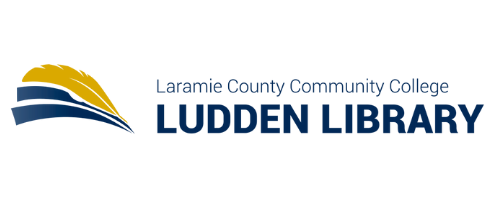Test tube families : why the fertility market needs legal regulation
(Book)
Author
Published
New York : New York University Press, c2009.
Physical Description
viii, 295 pages : illustrations ; 24 cm.
Status
Laramie County Community College - Main Collection
KF3830 .C34 2009
1 available
KF3830 .C34 2009
1 available
Summary
Loading Description...
Also in this Series
Checking series information...
Copies
| Location | Call Number | Status |
|---|---|---|
| Laramie County Community College - Main Collection | KF3830 .C34 2009 | On Shelf |
| Location | Call Number | Status |
|---|---|---|
| Casper College Library - Main Collection | KF3830 .C34 2009 | On Shelf |
| Northwest College - Hinckley Library - Second Floor | 346.73017 C132T | On Shelf |
Subjects
Library of Congress Subjects
More Details
Published
New York : New York University Press, c2009.
Format
Book
Language
English
Notes
Bibliography
Includes bibliographical references (p. 239-288) and index.
Summary
While assisted reproductive technology (ART) has been an invaluable gift to thousands of people, creating new families, the use of someone else's genetic material raises complex legal and public policy issues that touch on technological anxiety, eugenics, reproductive autonomy, identity, and family structure.
Reviews from GoodReads
Loading GoodReads Reviews.
Citations
APA Citation, 7th Edition (style guide)
Cahn, N. R. (2009). Test tube families: why the fertility market needs legal regulation . New York University Press.
Chicago / Turabian - Author Date Citation, 17th Edition (style guide)Cahn, Naomi R. 2009. Test Tube Families: Why the Fertility Market Needs Legal Regulation. New York University Press.
Chicago / Turabian - Humanities (Notes and Bibliography) Citation, 17th Edition (style guide)Cahn, Naomi R. Test Tube Families: Why the Fertility Market Needs Legal Regulation New York University Press, 2009.
MLA Citation, 9th Edition (style guide)Cahn, Naomi R. Test Tube Families: Why the Fertility Market Needs Legal Regulation New York University Press, 2009.
Note! Citations contain only title, author, edition, publisher, and year published. Citations should be used as a guideline and should be double checked for accuracy. Citation formats are based on standards as of August 2021.
